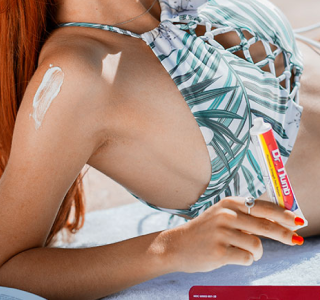The forearms are one of the least painful areas of the body to get a tattoo. This is due to the presence of thick skin and muscles, which help to dull the sensation of pain.
Forearm tattoo pain level is considered low to low-moderate compared to other body parts. This is because the forearms have a dense layer of skin with fewer nerve endings, reducing pain sensitivity. With low pain levels, especially for those with a low pain threshold.
In this blog post, we'll examine why forearm tattoos are relatively pain-free and provide some tips on preparing for your tattoo session.
Forearm Tattoo Pain Level: 2 Facts

Typically, tattoos involve the insertion of ink into the skin through needles. Tattoos can be extremely painful, depending on the skin thickness, fat content, and density of the nerve endings.
Muscle's Role in Tattoo Pain: Muscle tissue is crucial in determining the pain felt during tattooing. As the needle punctures the skin, muscle tissue resists, making the process more painful. Tattooing less muscular areas like the forearm or bicep is less painful than tattooing athletic areas like the calves or back.
Skin Thickness and Tattoo Pain: Skin thickness also influences the pain experienced during tattooing. The thicker the skin, the less painful the tattooing experience. A thicker skin is more resilient; it reduces pain during needle insertion. Tattooing thin skin areas like the inner wrist or the ribs is more painful than tattooing thicker skin areas like the upper arm or thigh.
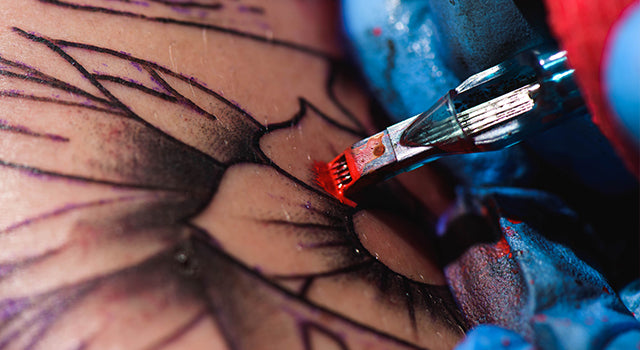
3 Anatomy of the Forearm Tattoo
The anatomy of a forearm tattoo is a fascinating study that encompasses intricate details and depictions. Forearm tattoos appeal to many because of their numerous styles, designs, and symbolism. People who want to express their style or commemorate a special occasion often get forearm tattoos.
Pain Level and Muscle Structure in the Forearm
The forearm comprises three muscles: the pronator teres, the flexor carpi radialis, and the palmaris longus. These muscles control wrist and hand movement and play a crucial role in gripping and holding objects. A tattoo on the forearm is uncomfortable due to the high vascularization and muscle fibers.
Pain Level and Lack of Nerve Endings in Certain Areas

This area of the forearm has fewer nerve endings, making it an ideal choice for people who may feel pain more quickly. It is essential to remember that the pain level is subjective and may vary from person to person.
While getting a forearm tattoo, some people may experience slight discomfort or stinging. A burning sensation may follow this as the tattoo artist fills in the design. The pain level can fluctuate throughout the tattoo but is usually tolerable.
A comparison with other body parts with more nerves and bones
Compared to other parts of the body, like the ribcage or inner biceps, forearm tattoos cause moderate pain. More nerve endings are closer to the bone in this area, so it's more uncomfortable for the tattoo process.
Forearm tattoos vary in pain level depending on the tattoo artist's skill, location, and individual tolerance. All factors should be considered before achieving a positive and successful outcome.
3 Factors That Affect Pain Level in Forearm
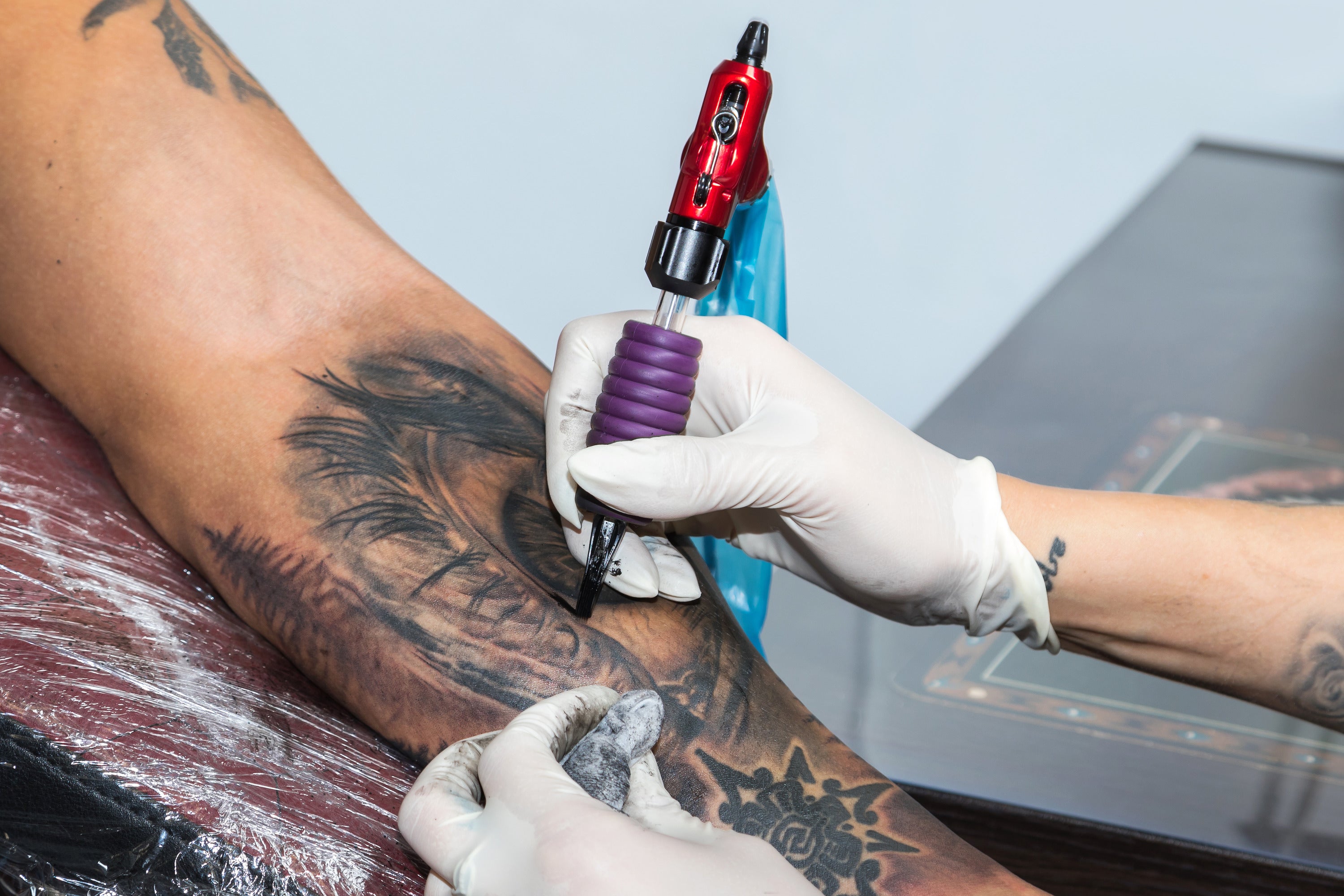
Forearm tattoos are one of the most popular tattoo placements due to their easy visibility and versatility. People react differently to getting tattoos on their forearms based on a range of factors.
Pain Tolerance and Individual Differences:
Some people have a higher tolerance for pain than others because of genetics, mindset, or previous painful experiences. Getting a Forearm Tattoo requires understanding individual differences in pain tolerance to ensure a successful tattooing experience.
Increase Extensity of Pain Level:
Tattoo size, placement, and color are some factors that may increase the pain level of forearm tattoos. Larger tattoos may require more time, needles, and shading, increasing pain.
Placing tattoos in sensitive areas, such as the inner forearm or wrist, may cause discomfort. Tattoos with red or yellow pigments may also cause more pain due to their chemical composition.
Factors that may decrease pain level:

Numbing cream is a common practice that can decrease the pain level during the tattooing process. The pain receptors in the skin are dulled by applying a topical anesthetic thirty minutes to an hour before getting tattooed.
Another factor that may decrease the pain level is the technique used by the tattoo artist. Experienced artists can reduce pain by using shading, outlining, and stippling techniques.
Tattooing discomfort can be affected by pain tolerance, tattoo size, placement, color, and numbing cream. Communicating with tattoo artists is essential to ensuring individual expectations are met. With proper preparation, the outcomes are often worth the temporary discomfort.

Conclusion:
When it comes to getting a tattoo on the forearm, it can be really painful. Ink pain levels will vary depending on factors such as the tattoo design, the placement of the tattoo, and the individual's pain tolerance.
It's crucial to remember that tattoo pain is subjective, and everyone experiences it differently. A forearm tattoo can be a beautiful addition to your body art collection with proper planning and aftercare.
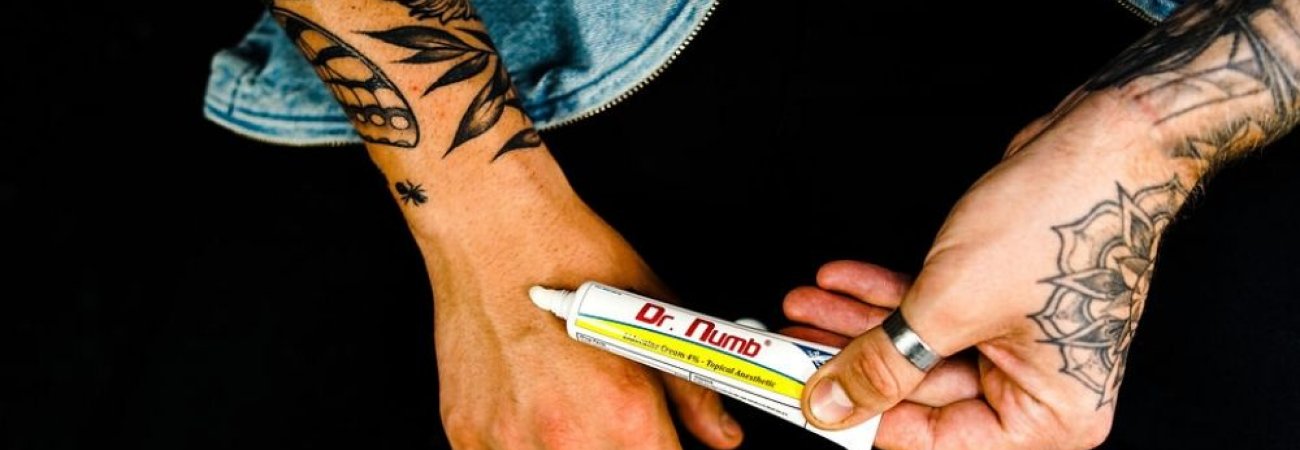
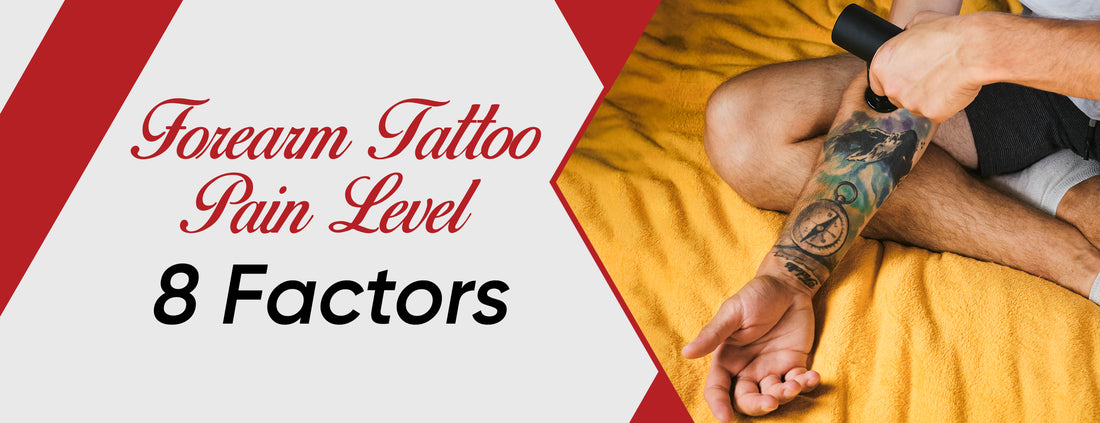

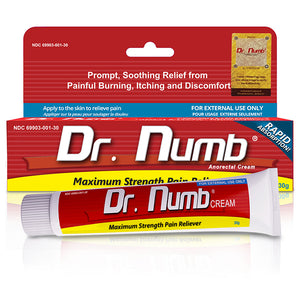
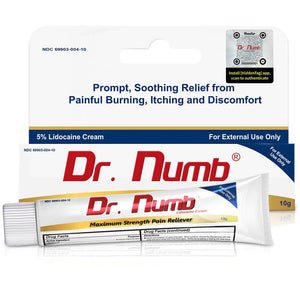

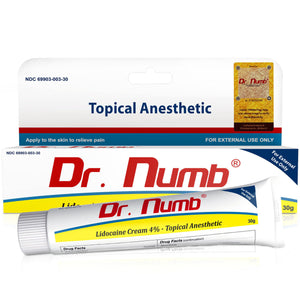


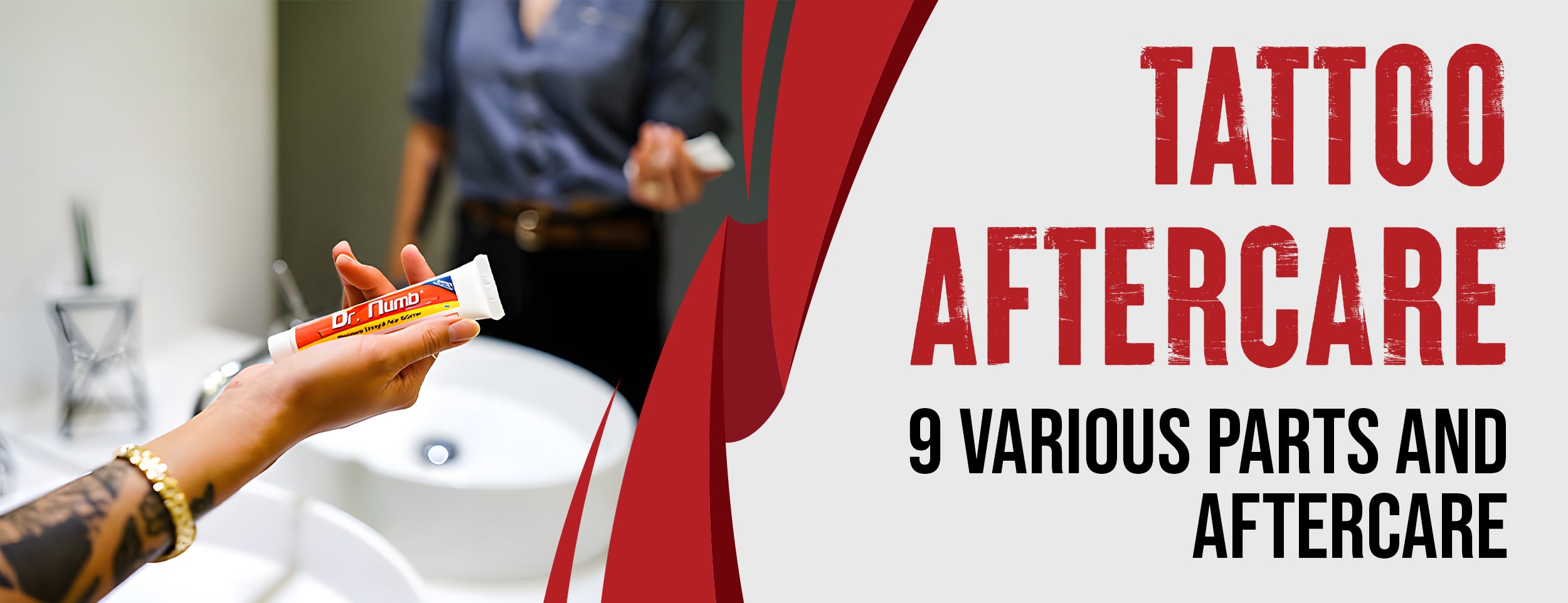
![Antibiotics and Tattoos: 3 Risks and 3 Effects [with 4 Precautions]](http://drnumb.com/cdn/shop/articles/Can_You_Get_Tattooed_On_Antibiotics__3_Risks_and_3_Effects_4_Precautions.jpg?v=1714128292)
